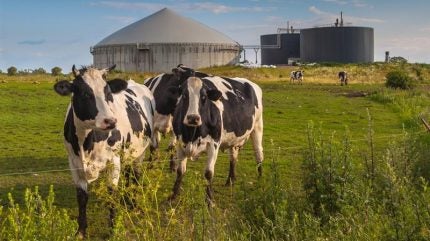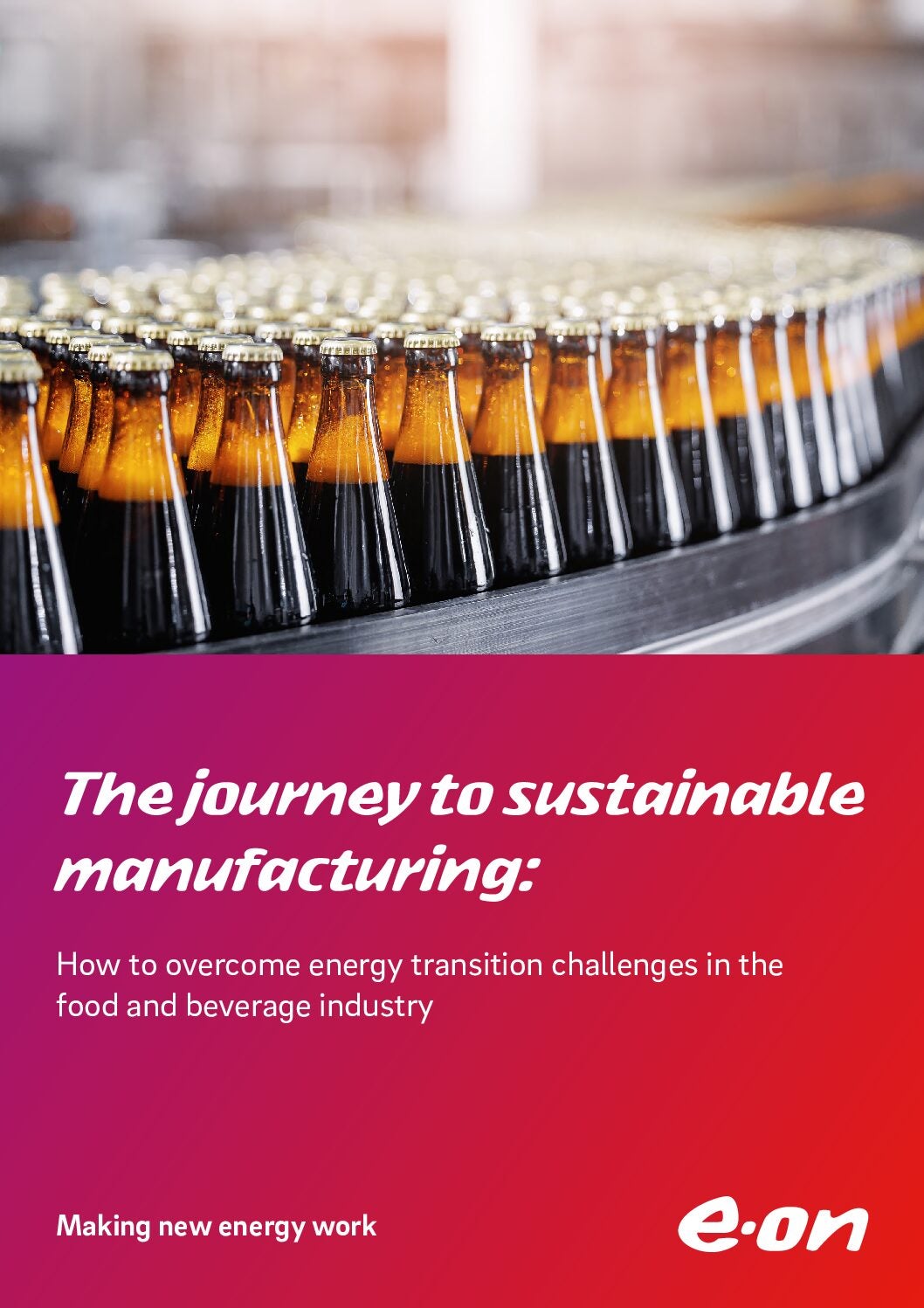
The food and beverage industry consumes significant amounts of energy at nearly every stage of its value chain, with thermal processes such as heating, drying, cooling, and refrigeration amongst its most energy intensive. According to scientific sources from 2019 and 2023, the food and beverage industries annually consume about 200EJ, which amounts to about 30% of the total energy consumed globally.
CHP as sustainable energy provision
CHP can help businesses cut emissions in a cost-effective and sustainable way. In the context of tight net-zero emission targets in the EU, which is legally set to eliminate greenhouse gas emissions by 2050, there is a growing need for sustainable products. At the same time, there are higher energy costs and stricter environmental regulations on both energy production and wastewater management, which applies extra pressure on food and drinks manufacturers to find alternative ways to power their supply chain activities. This is where CHP works as a bridging solution to reduce emissions for businesses.
Ralf Haerle is responsible for onsite generation solutions at E.ON Energy Infrastructure Solutions, a division of E.ON which partners with companies in the food and beverage industry to help them design, build, and operate energy solutions that balance sustainability, security of supply, and commercials. Haerle explains that the CHP process involves using a company’s primary energy source (for example, natural gas) to produce both electrical and thermal energy in a highly efficient way on site.
Why CHP works for the food processing industry
Combined heat and power is especially well-suited for a food processing company because of the industry’s high demand for contemporaneous heat and electricity at a reasonable cost, especially for plants that run 24/7 and at high capacity. What CHP does is help reduce energy losses. According to Haerle, a typical gas-fired power plant has losses up to 60% because exhaust heat is lost through the cooling tower without being used for other purposes. With a CHP gas engine model, the losses are significantly less, possibly around 10%.
Co-generation both yields fewer losses and reduces emissions. For instance, in Germany, the grid average contributes around 363g CO2 per kWh in 2024, while co-generation allows for 190g. CHP also provides a more cost-effective way to generate lower-carbon energy onsite, since, as Haerle confirms, other more sustainable solutions such as heat pumps are expensive and, as things stand today, are hardly economical to operate at temperatures above 110°C.
Moreover, replacing natural gas with biogas as the primary energy source within CHP processes can help businesses move more drastically towards their zero-emission goals. Rather than simply reducing their carbon footprint, implementing a biogas-powered CHP system to fuel operations takes sustainability to the next level by fully reusing existing natural resources. Furthermore, biogas opportunities abound in the food industry.
Facilities such as dairy farms can make extensive use of biogas and organic waste. Haerle says that plants can use energy from products that are sent back to the manufacturer, or even permeate vinasse, whey, manure, and wood. He mentions a bakery that was “using tons and tons of dough they don’t need in the production and the old bread that’s coming back, from the stores and so on”. This ‘waste-to-energy’ model is highly suitable for food processing facilities as it can generate strong gas power without the large expense of procuring gas from separate sources.
E.ON’s climate-positive project: Arcobräu Brewery and the use of wood gas
The Arcobräu Brewery is a traditional brewery located in Moos, Lower Bavaria, Germany. Originally established in 1630, the brewery now constitutes a central site in Adldorf where a wide range of beers is produced, as well as mineral water and non-alcoholic drinks. The current annual production volume at the Moos site is 200,000Hl while that of the Arcobräu brewing group is 500,000Hl.
E.ON’s CHP installation is helping the brewery utilise combined heat and power by leveraging wood gas (biogas) as a viable fuel for the brewery’s manufacturing processes. E.ON’s solution consists of using forest residues or waste wood from sustainable management through a wood gas system, in modular 500 kW units.
Haerle explains how the process works: “The process is CO2 neutral because the tree took CO2 out of the atmosphere. The “waste” of this gasification process is valuable charcoal. If the charcoal stays in the solid form (as a component of animal feed or building materials) and not being gasified by lighting up, parts of the CO2 (approximately 2 tonnes of CO2 per ton charcoal) stays bound in the charcoal. At the end of the day, you removed CO2 out of the atmosphere. It’s climate positive. Selling the charcoal and the CO2 certificates is also a pushing factor of the business case”
In this instance, wood gas replaces natural gas and can be produced in a way that is sustainable and reduces waste. Charcoal itself can also be used to feed animals, so the level of sustainability that this solution offers can be seen in multiple contexts.
Conclusion
While CHP is undoubtedly useful for food processing companies, the solution needs to be well-matched to site demand. The case of Arcobräu Brewery shows that E.ON’s co-generation initiatives contribute significantly to help minimise carbon emissions while enabling plants to produce the energy needed for their own facilities on site. Biogas or any other kind of biofuel helps these companies achieve their net-zero targets faster and more efficiently.




